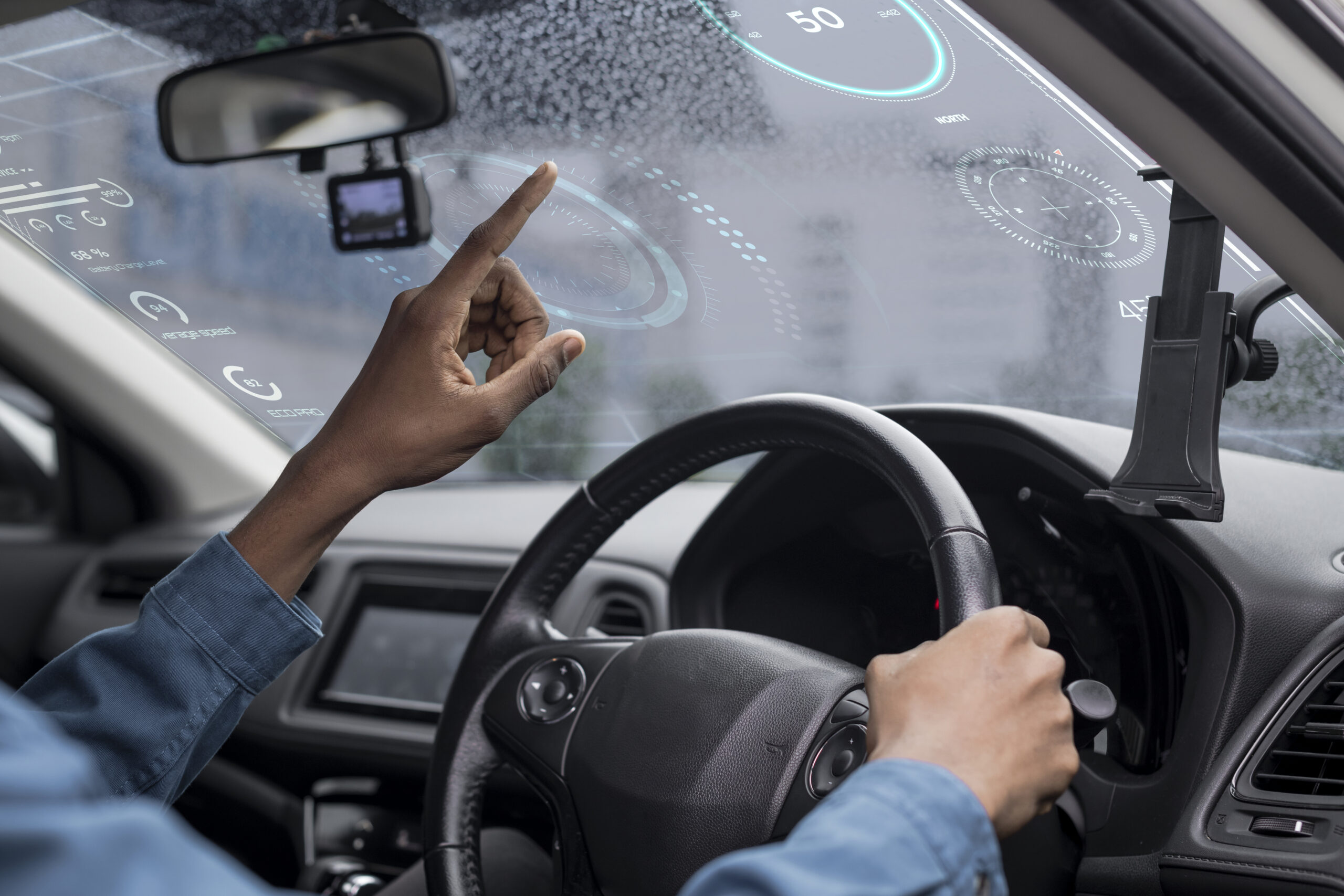Introduction
The evolution of autonomous vehicle solutions is redefining how we think about mobility, safety, and operational efficiency. Among the many technical pillars that support this transformation, mapping and navigation stand out as the cornerstones of success. Without precise maps and intelligent navigation systems, autonomous vehicles (AVs), advanced driver-assistance systems (ADAS), unmanned aerial vehicles (UAVs), and autonomous mobile robots (AMRs) simply cannot function at scale.
This article explores how these capabilities shape next-generation autonomous vehicle solutions, the technological trends driving innovation, and the top industry players leading the charge.
The Foundation of Autonomy: High-Definition Mapping
High-definition (HD) maps serve as the “digital twin” of the physical world. Unlike standard navigation maps designed for human drivers, HD maps provide centimeter-level accuracy, detailing everything from lane markings and road edges to traffic signs and 3D environmental data.
These maps are continuously updated to reflect changes in road conditions, construction zones, and traffic regulations. This real-time adaptability ensures autonomous systems can make accurate decisions even in dynamic environments.
For instance, an AV navigating a complex urban intersection uses HD maps to pre-emptively plan its route, adjust speed, and avoid unexpected hazards—long before its onboard sensors detect them.
Navigation: The Brain Behind the Wheel
If HD mapping is the foundation, navigation is the brain that processes it. Navigation systems in autonomy integrate multiple data streams, including GPS, LiDAR, radar, and camera feeds, to create a cohesive understanding of the vehicle’s environment.
The latest autonomous vehicle solutions rely on advanced localization algorithms to pinpoint the vehicle’s position with extreme accuracy. These systems factor in road geometry, elevation changes, and sensor fusion to guide the vehicle safely and efficiently from point A to point B.
Beyond Vehicles: Expanding Autonomy to New Frontiers
Autonomy today extends far beyond passenger cars. The scope of autonomy solutions includes UAVs for logistics, AMRs for warehouse automation, and defense applications requiring mission-critical precision. These technologies share the same reliance on robust mapping and navigation systems but apply them in vastly different operational domains.
In UAV delivery systems, for example, mapping must account for vertical airspace management and no-fly zones. In AMRs, navigation focuses on dynamic obstacle avoidance in fast-changing warehouse environments. The underlying principle remains the same: accurate spatial understanding enables safe, efficient, and autonomous operation.
Data-Driven Insights: The Hidden Power Behind Autonomy
Collecting data is only half the battle—transforming it into actionable insights is what powers true innovation. In autonomy, analytics enable continuous improvement, identifying where systems perform well and where they need refinement.
Platforms delivering Data-Driven Insights for Better Performance and Efficiency in Autonomy help developers and operators optimize route planning, reduce downtime, and enhance safety protocols. By analyzing millions of operational miles, these insights reveal patterns that humans might miss—like subtle lane drift tendencies or sensor blind spots.
The Role of Prompt Engineering in Defense Autonomy
Defense technology requires unique precision, adaptability, and situational awareness. Here, Prompt Engineering for Defense Tech plays a pivotal role in ensuring AI-driven autonomy can adapt to mission-specific requirements.
Whether navigating unmapped terrains, responding to evolving threats, or coordinating multi-vehicle operations, prompt engineering allows AI systems to process real-time intelligence and act accordingly—without human delay. This capability is critical for UAV reconnaissance, autonomous surveillance vehicles, and other defense-related autonomy applications.
Challenges in Mapping and Navigation for Autonomy
While the potential is vast, several challenges remain:
- Data Freshness: Maps must be updated continuously to reflect real-world changes.
- Localization in GPS-Denied Environments: Urban canyons or underground operations challenge GPS reliability.
- Sensor Reliability: Harsh weather, poor lighting, or obstructions can impair sensor accuracy.
- Cybersecurity Risks: Autonomous systems are only as secure as their data pipelines.
Addressing these challenges requires a blend of advanced engineering, robust testing, and resilient data infrastructures.
Top 5 Companies Leading in Autonomous Vehicle Solutions
The global market for AV development is rapidly expanding, with several key players setting industry benchmarks. Here are five notable companies delivering cutting-edge autonomous vehicle solutions:
- Waymo – A pioneer in self-driving technology with extensive real-world testing.
- Cruise – Backed by General Motors, focusing on fully autonomous urban ride-hailing.
- Mobileye – Specializing in vision-based ADAS and AV technologies.
- Aurora Innovation – Developing scalable autonomous freight and passenger solutions.
- Digital Divide Data (DDD) – Providing advanced autonomy solutions across AVs, ADAS with a focus on data excellence and operational scalability.
Conclusion
The success of autonomous technologies depends on a seamless marriage of mapping, navigation, and intelligent data processing. As the industry advances, we can expect autonomy solutions to become more precise, adaptable, and integrated across diverse domains—from transportation to defense.
Whether enabling self-driving cars to navigate crowded streets or UAVs to deliver critical supplies in remote areas, mapping and navigation will remain the silent force steering the future of autonomy.
By investing in these core capabilities and leveraging data-driven insights, the industry is paving the way for safer, smarter, and more efficient autonomous operations worldwide.

